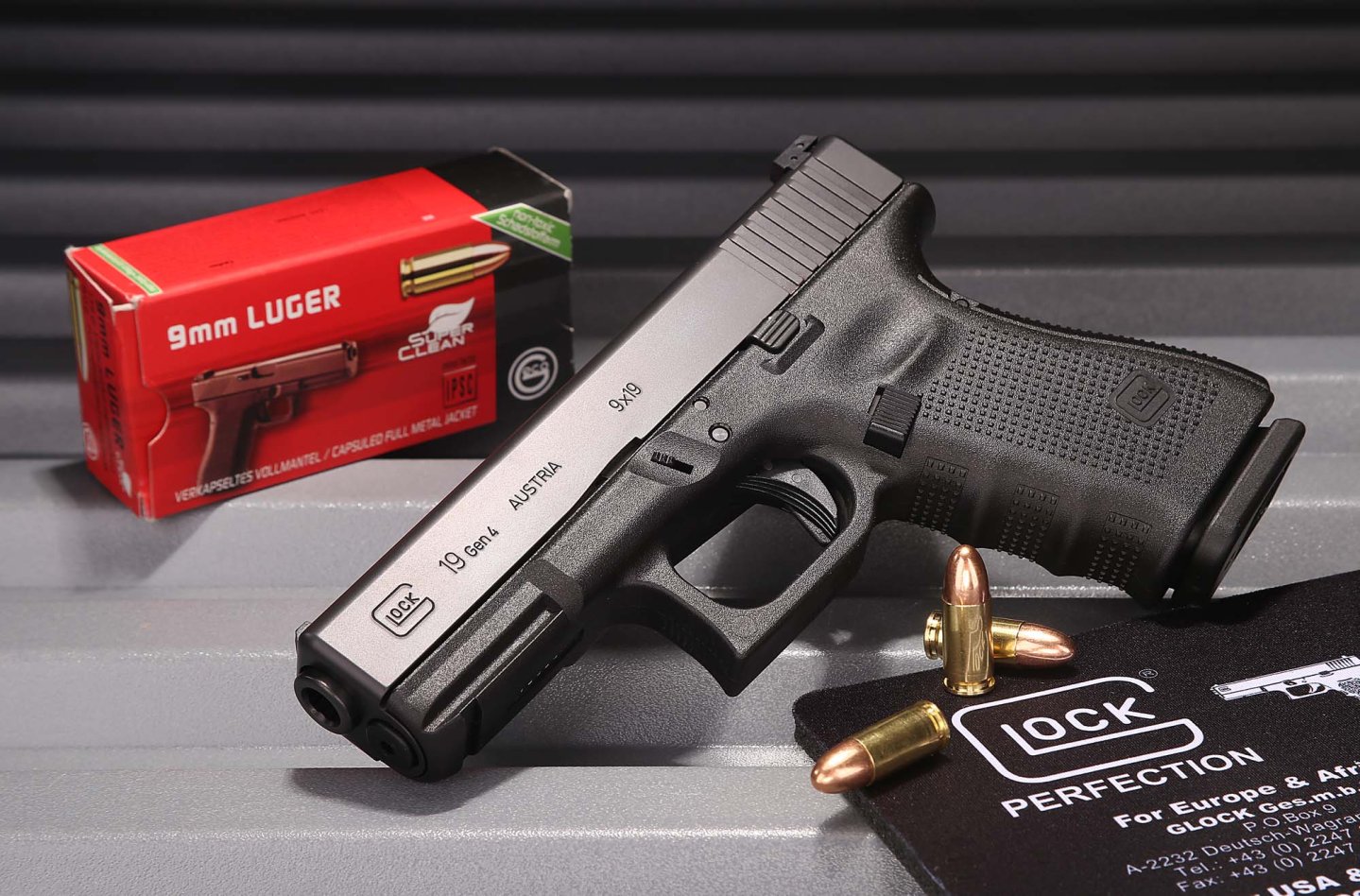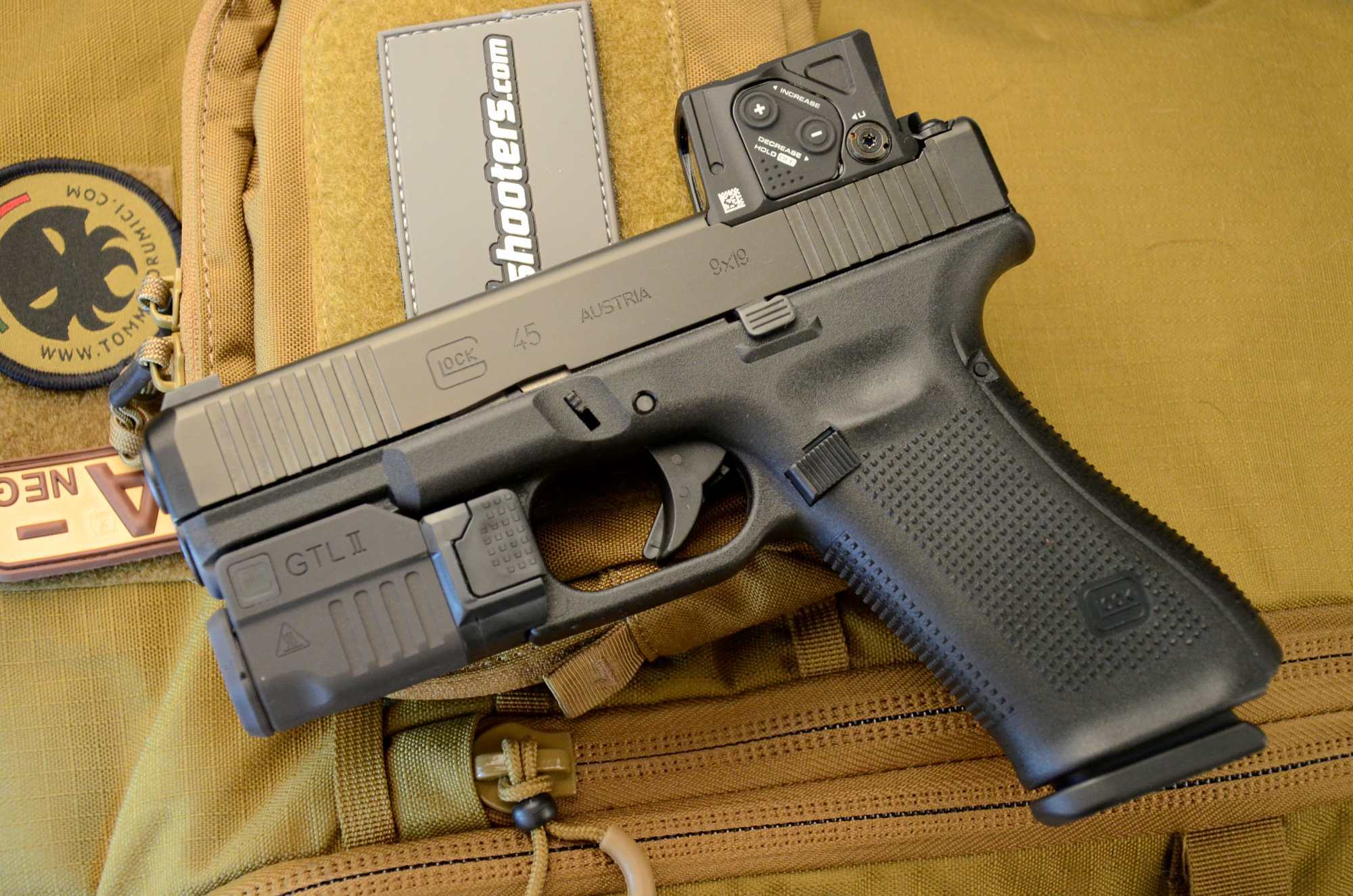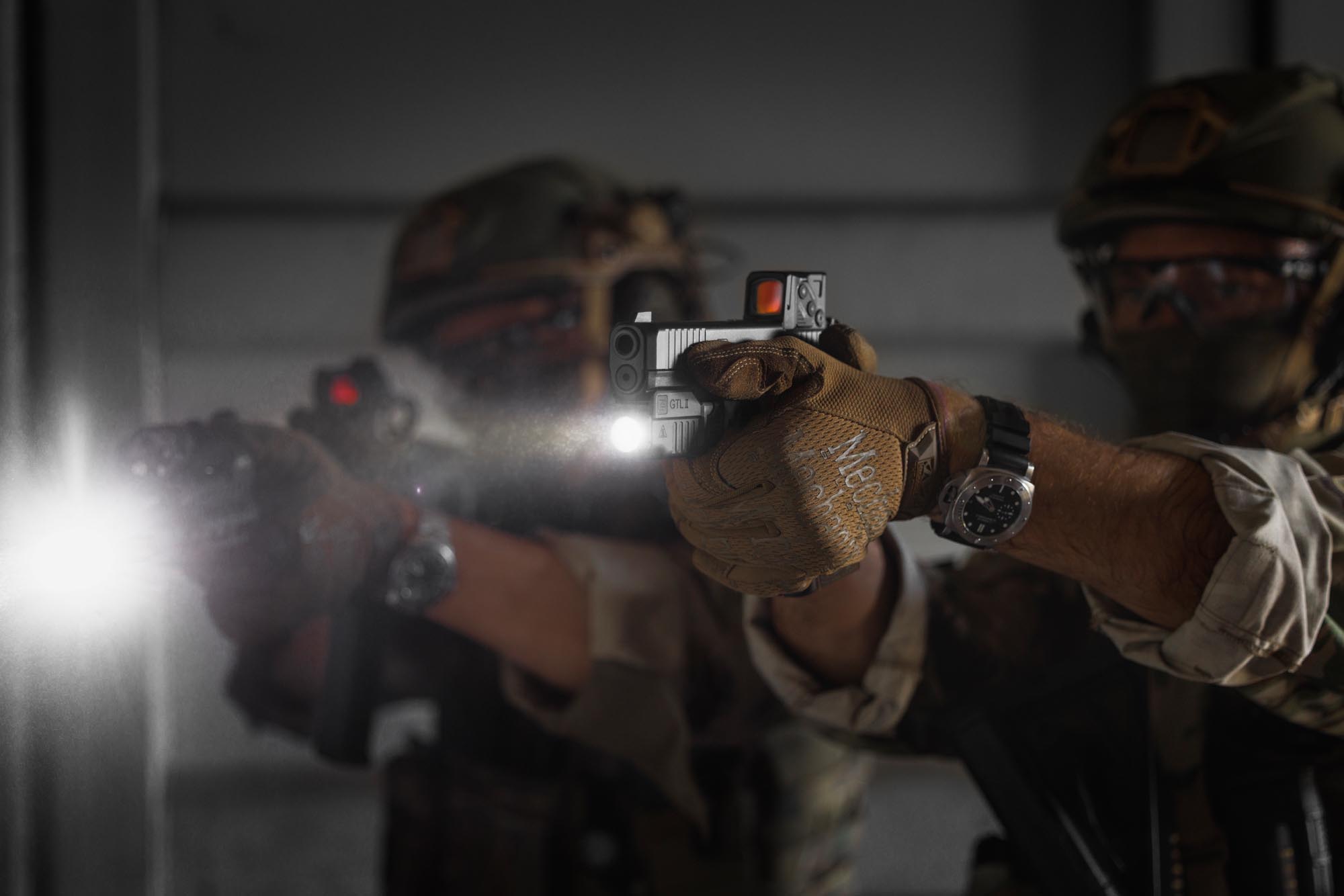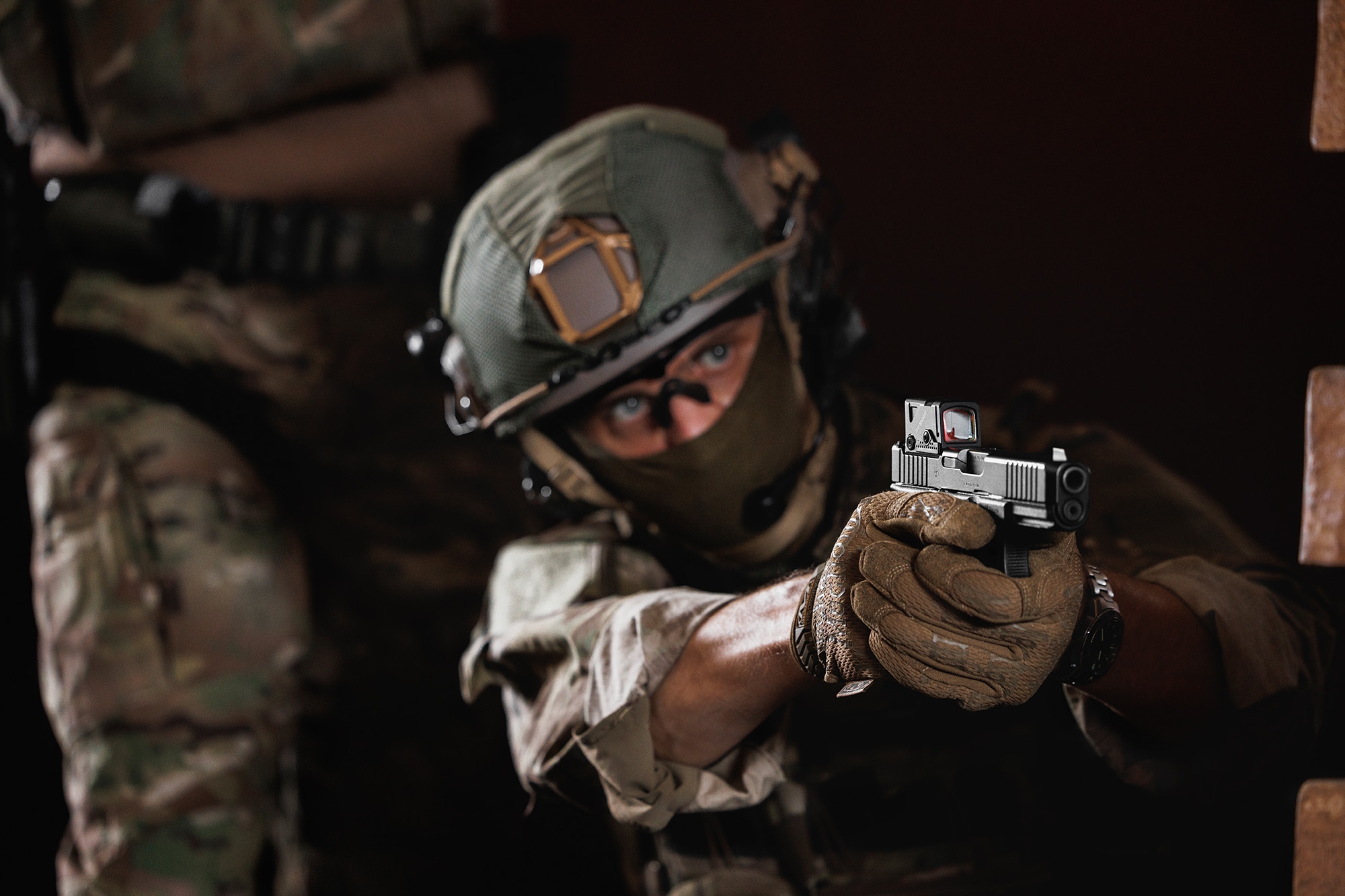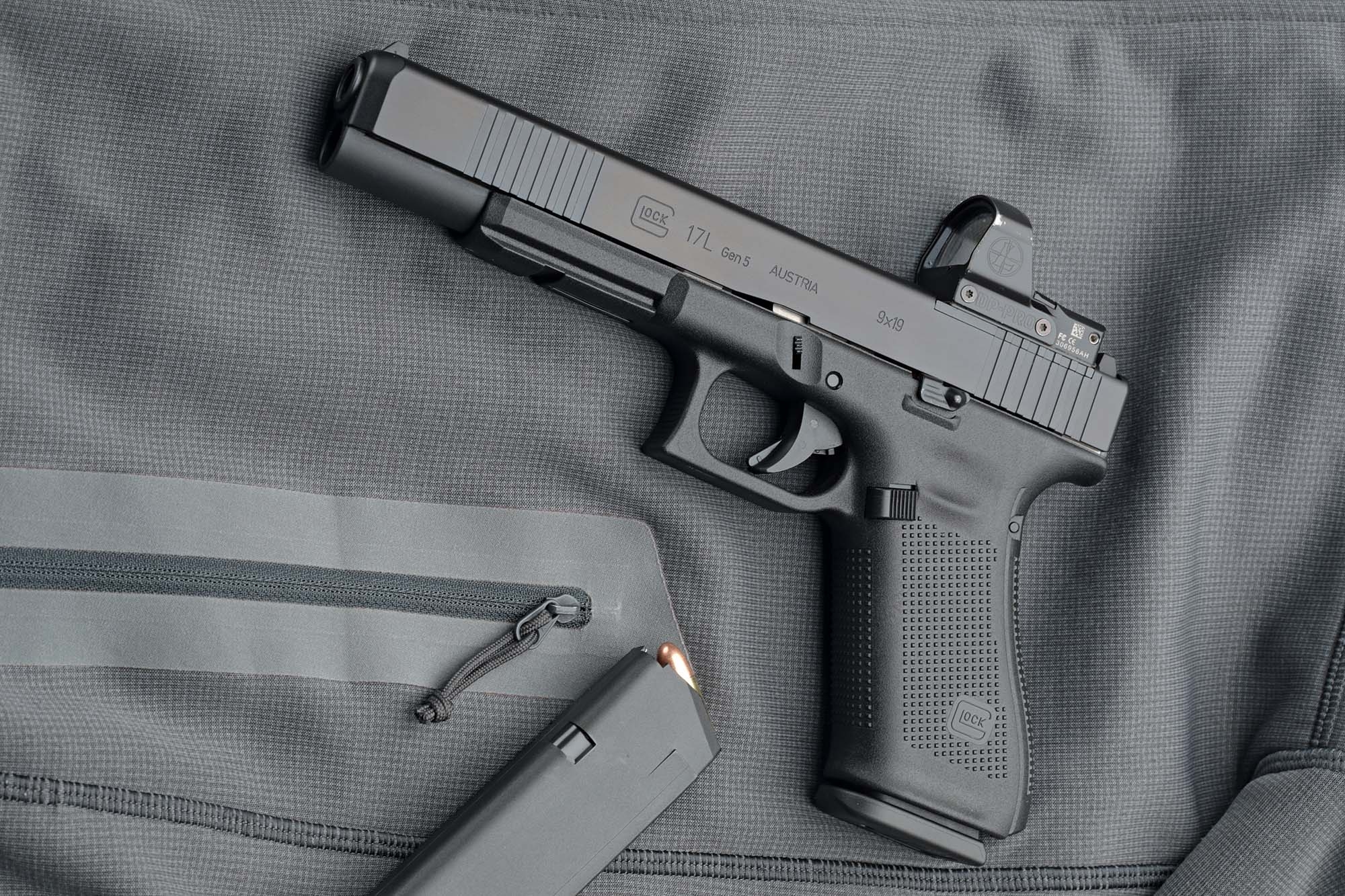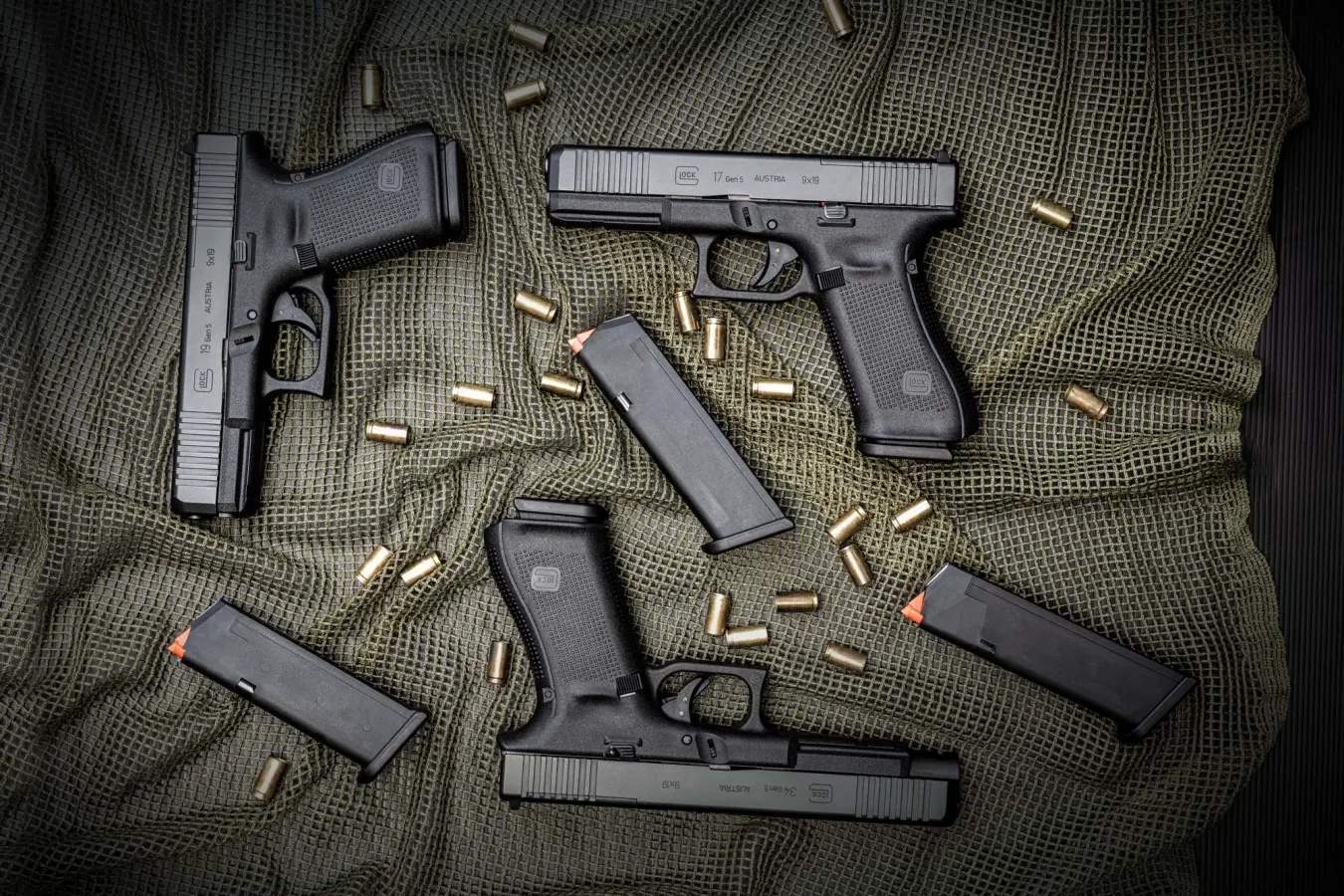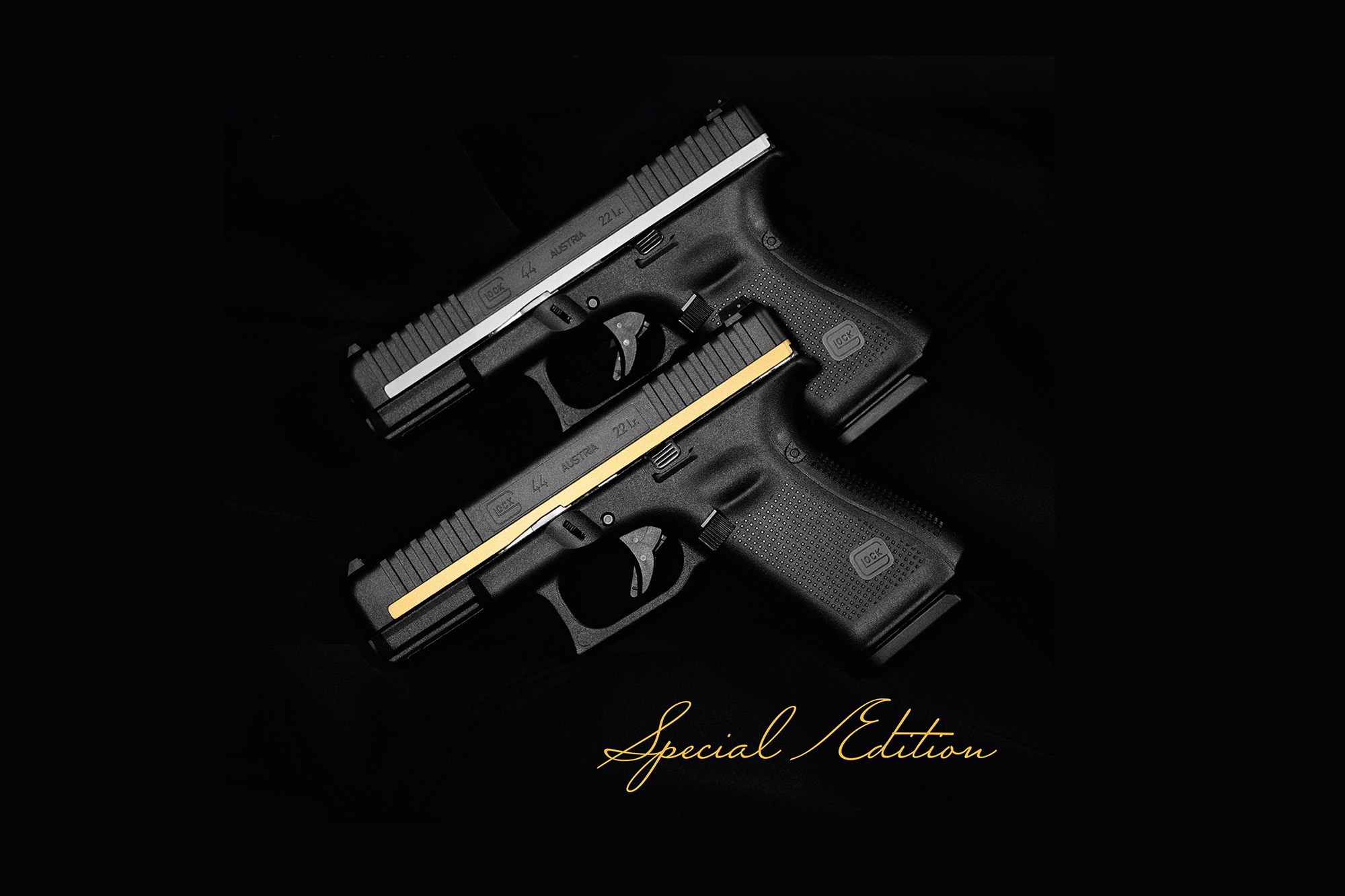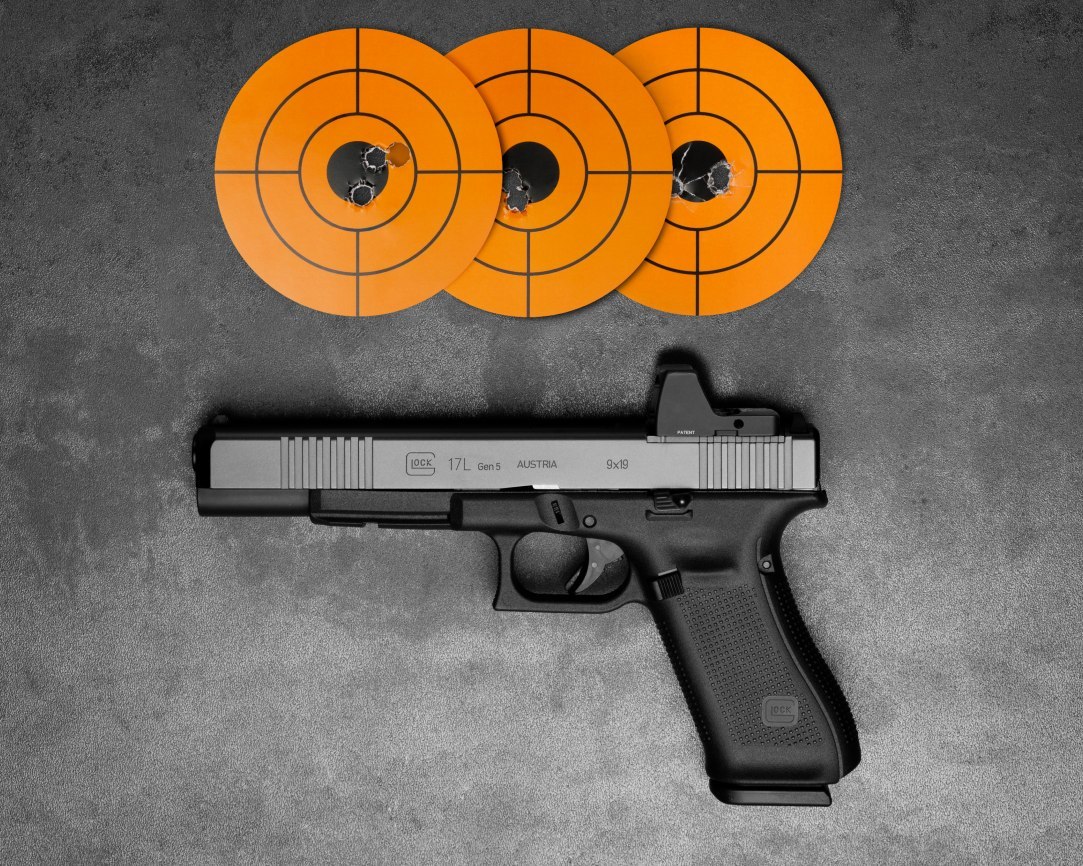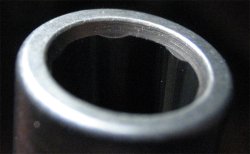
While spending some time surfing around gun boards over the Internet, I had the stupid idea to intervene on a thread focusing on whether the barrel rifling profile found on the Austrian-made Glock pistols is indeed Polygonal or not.
A newbie asked about the correct definition of the barrel rifling profile found on the 9mm Glock 17 semi-automatic handgun.
The result sparked a long and intense debate − although always kept under friendly terms − between those who claimed that Glocks sport a "pure" Polygonal rifling, or a semi-polygonal rifling, and others adopting different (and sometimes fancy) definitions.
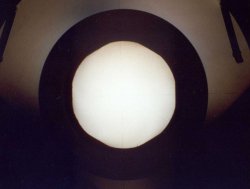
The rifling profile should always be considered as being composed by rectilinear segments (the lands) intertwined by circular arches (the grooves); in my opinion, following this description, the Glock pistol barrel configuration should be described as "semi-polygonal rifled".
However, upon close observation of Glock barrels, it would seem that the lands would consist in convex surfaces − basically standard-tipe rifling lands deprived of their typical corners, or "rounded" as they've sometimes been described.
Furthermore, after recovering several bullets fired from a Glock 17 through water jugs, upon their examination I had the distinct feeling of finding myself in front of a gun barrel whose lands were nothing but flat surfaces, and thus whose rifling profile consisted in six simple straight lands intertwined by six circling arches.
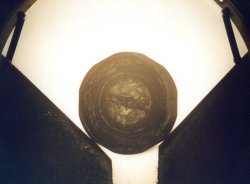
The thing left me quite puzzled, and my impressions were later confirmed when I used some soft cast lead to obtain a mold of the barrel bore.
As far as it concerns the difference between the bore as it really is and as what it appeared to me at a first glance, I first thought it was due to some kind of optical effect due to the fact that the flat surface follows a helical pattern around a cylinder − an assumption that's considered likely by several physicists specializing in optics (and by many amateur enthusiasts of the same matters)... at least until my friend Franco revealed the "riddle": the solution was extremely simple, if not outright trivial, as usual.
As a matter of fact, every Glock barrel 'business end' features a crowned muzzle: the bore is flared in a perfectly conic way, and what we actually see is the intersection line between the conic flared surface and the flat surface of the rifling lands.
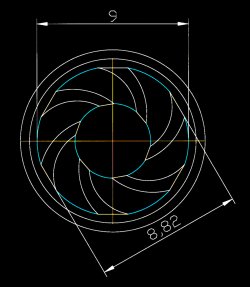
Back to the BBS thread... the thing would probably have ended there, with all participants firmly standing on their own opinion, until a supporter of the "opposing position" − stating that the Glock company claimed that its barrels are "polygonal rifled" only and solely for marketing reasons, while there would be no polygonal rifling or semi-polygonal rifling at all − went on to support his "motion" by posting a few pictures (some actually very well made!) stating that "a picture is worth a thousand words".
While it's generally true that a picture or a simple drawing may normally be enough to clarify, in this case his camera − and thus the pictures he took − were affected by the above-mentioned optical effect caused by the lines intersection; the fact that they supported the wrong thesis at the poster's eye made the error even more severe.
At a close glance of a Glock 17 barrel rifling, an acute eye will notice how the rifling lands − if looked at from a parallel position to the barrel axis − will look like straight lines that will seem to turn into curves as soon as the point of view is tilted away from the longitudinal axis of the barrel itself; unfortunately, that was the point of view from which the board member had snapped the published pictures.
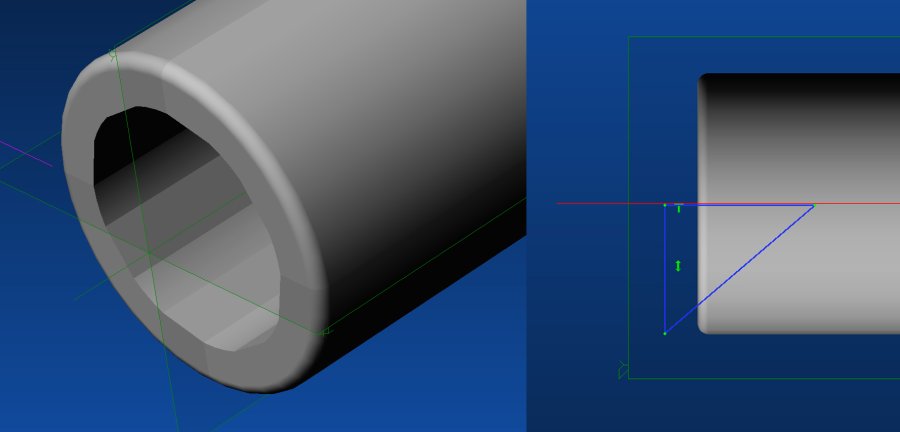
At this point I had been enticed enough, and wanted to provide some correct information to the board members still engaged in the thread concerning the barrel rifling profile.
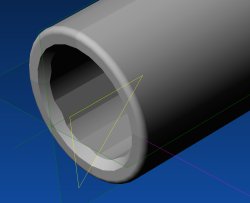
I thus field-stripped my Glock 17 and recovered the barrel bore molds I had previously obtained through soft cast lead. I then scanned the barrel and the molds through a profile projector and a dissecting microscope; after a thorough 20x magnification transparency projection and episcopic illumination procedure of the molds, some recovered bullets and the barrel, and after using an automated fiber-optic measuring system, I came to this conclusion: the Glock 17 semi-automatic pistol barrel features six straight lines akin to the six sides of a hexagon, intertwined by six circular arches, and that means it is indeed a Polygonal rifling.
If you own a Glock 21, Glock 37 or any similar handgun, don't fret: the .45 ACP and .45 GAP Glock models will have eight barrel grooves instead of six, but will still be using the polygonal rifling design.


